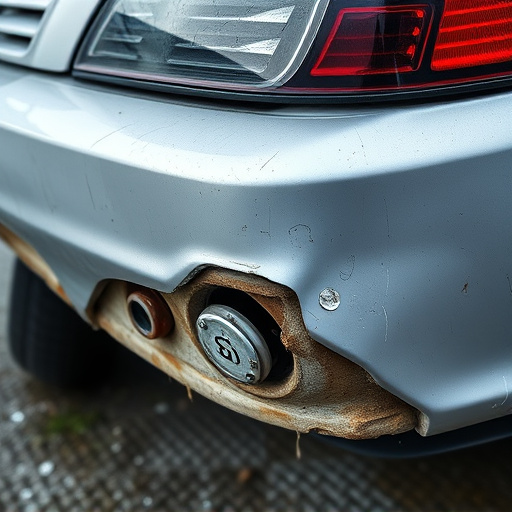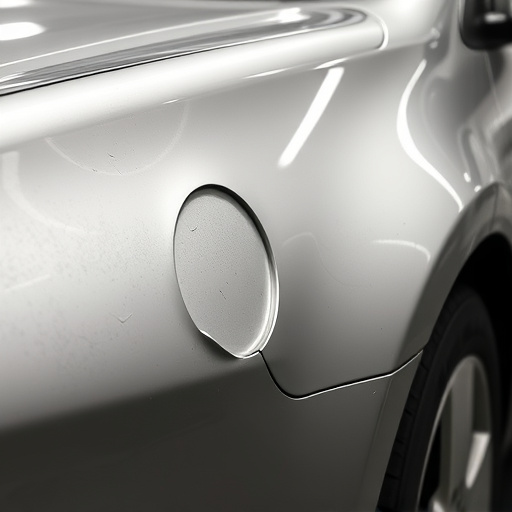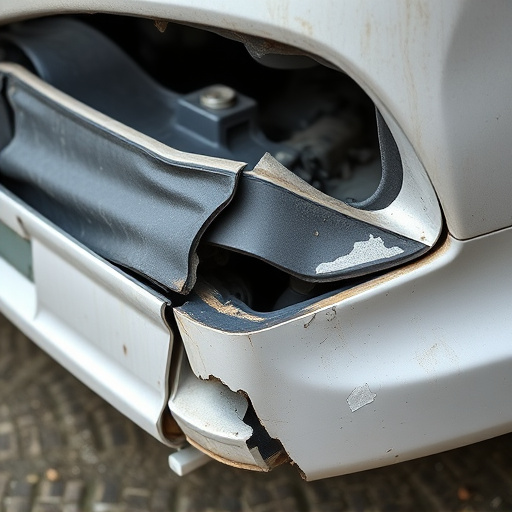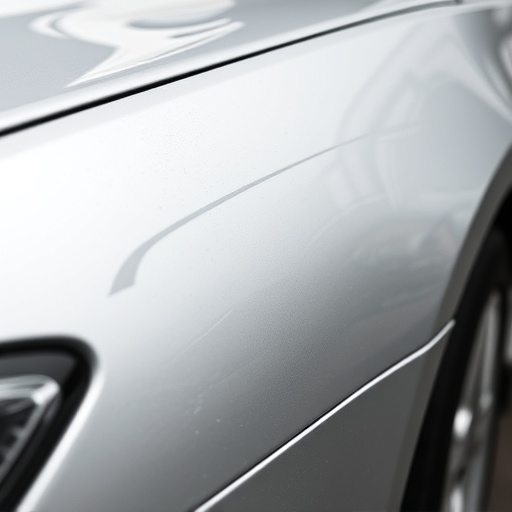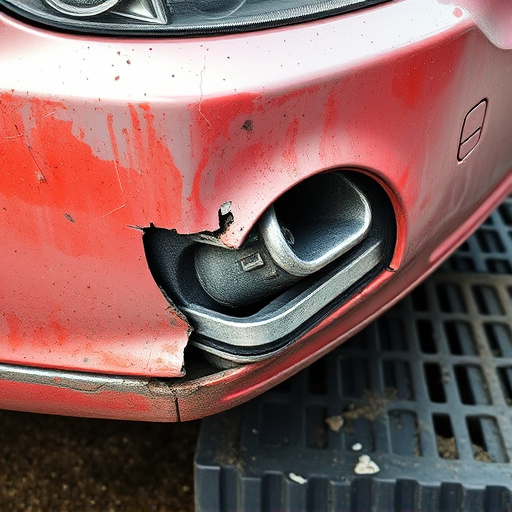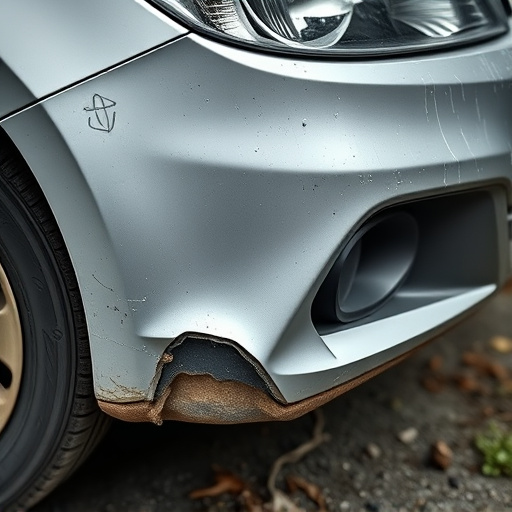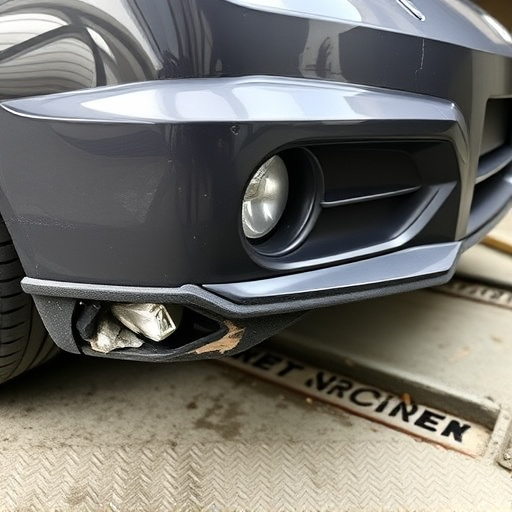Evaluating damage is crucial for Mercedes carbon fiber trim repair. Minor issues like scuffs can be fixed with painting or filling, while extensive delamination may require complete or partial replacement. Balancing cost and aesthetics, choosing between replacement and repair depends on damage severity. Assessment leads to specific techniques: dent removal, material replacement, sanding, bonding, crack filling, priming, and matching paint for optimal restoration.
Considering a Mercedes carbon fiber trim replacement or partial repair? This guide breaks down the pros and cons of each option, helping you make an informed decision. Carbon fiber damage can range from minor scratches to significant cracks, affecting both aesthetics and value. Understanding the extent of the damage is crucial before deciding on a solution. We’ll walk you through the process, offering insights into costs, benefits, and even a step-by-step guide for restoration.
- Understanding Mercedes Carbon Fiber Trim Damage
- Replacement vs Repair: Costs and Benefits
- Restoring Your Car's Interior: Step-by-Step Guide
Understanding Mercedes Carbon Fiber Trim Damage

Mercedes Carbon fiber trim often faces damage due to various factors such as accidents, rough handling, or environmental exposure. Cracks, chips, and delaminations are common issues that can significantly impact the vehicle’s aesthetics. Understanding the extent of the damage is crucial before deciding between replacement or repair. Minor scuffs, scratches, or small cracks might be suitable for auto body repair techniques like painting or filling, which can effectively restore the trim to its original condition.
However, extensive damage involving large areas of delamination or severe cracking may require partial or complete Mercedes carbon fiber trim replacement. In such cases, vehicle restoration techniques become more complex. It’s essential to assess the damage and consult with professionals specializing in carbon fiber auto body repair for an accurate diagnosis and cost-effective solutions, ensuring the best outcome for your vehicle’s interior.
Replacement vs Repair: Costs and Benefits

When considering Mercedes carbon fiber trim replacement versus partial repair, it’s crucial to weigh the costs and benefits of each option. While complete replacement offers a fresh, like-new appearance, it can be significantly more expensive, especially for luxury vehicle repairs. Parts and labor fees for high-quality carbon fiber components and expert installation can add up quickly, making it a considerable investment.
On the other hand, partial repair focuses on restoring only the damaged areas, which is both cost-effective and environmentally friendly by minimizing waste. Many collision repair centers offer specialized services for Mercedes carbon fiber trim, utilizing advanced techniques and materials to effectively mend the existing trim without replacing the entire piece. This option proves advantageous for owners looking to preserve their vehicle’s value while keeping expenses manageable, especially in cases of minor damage.
Restoring Your Car's Interior: Step-by-Step Guide

Restoring Your Car’s Interior: A Step-by-Step Guide for Mercedes Carbon Fiber Trim Repair
Before diving into a complete replacement or repair, it’s crucial to assess the extent of damage to your Mercedes’ carbon fiber trim. If there are only minor dents or scratches, consider starting with dent removal techniques specific to luxury vehicle repairs. This process involves using specialized tools and compounds to smooth out the surface without causing further damage. For deeper issues, where the trim is cracked or significantly damaged from a vehicle collision repair, a more extensive approach is required.
Begin by gathering all necessary materials: carbon fiber replacement pieces (if replacing), sandpaper in various grits, a suitable bonding agent, and high-quality finish or paint. Carefully remove any loose debris and clean the affected area thoroughly. Sand the surface gently to create a smooth base, being mindful of nearby undamaged areas. Apply the bonding agent evenly, allowing it to dry as per manufacturer instructions. Fit the replacement trim (if using) or carefully fill in cracks with a suitable compound, smoothing until seamless. Prime the repaired area and then apply final coats of paint, matching your vehicle’s original finish for a seamless restoration.
When considering a Mercedes carbon fiber trim repair or replacement, understanding the costs, benefits, and the process involved is key. While partial repairs are cost-effective and suitable for minor damage, complete replacements offer a fresh look and enhanced durability. Following the step-by-step guide provided can help you successfully restore your car’s interior, ensuring a like-new appearance. For extensive or complex damage, opting for a replacement might be the best solution. Remember, proper care and timely attention to carbon fiber trim can significantly extend its lifespan and maintain the aesthetics of your Mercedes.
